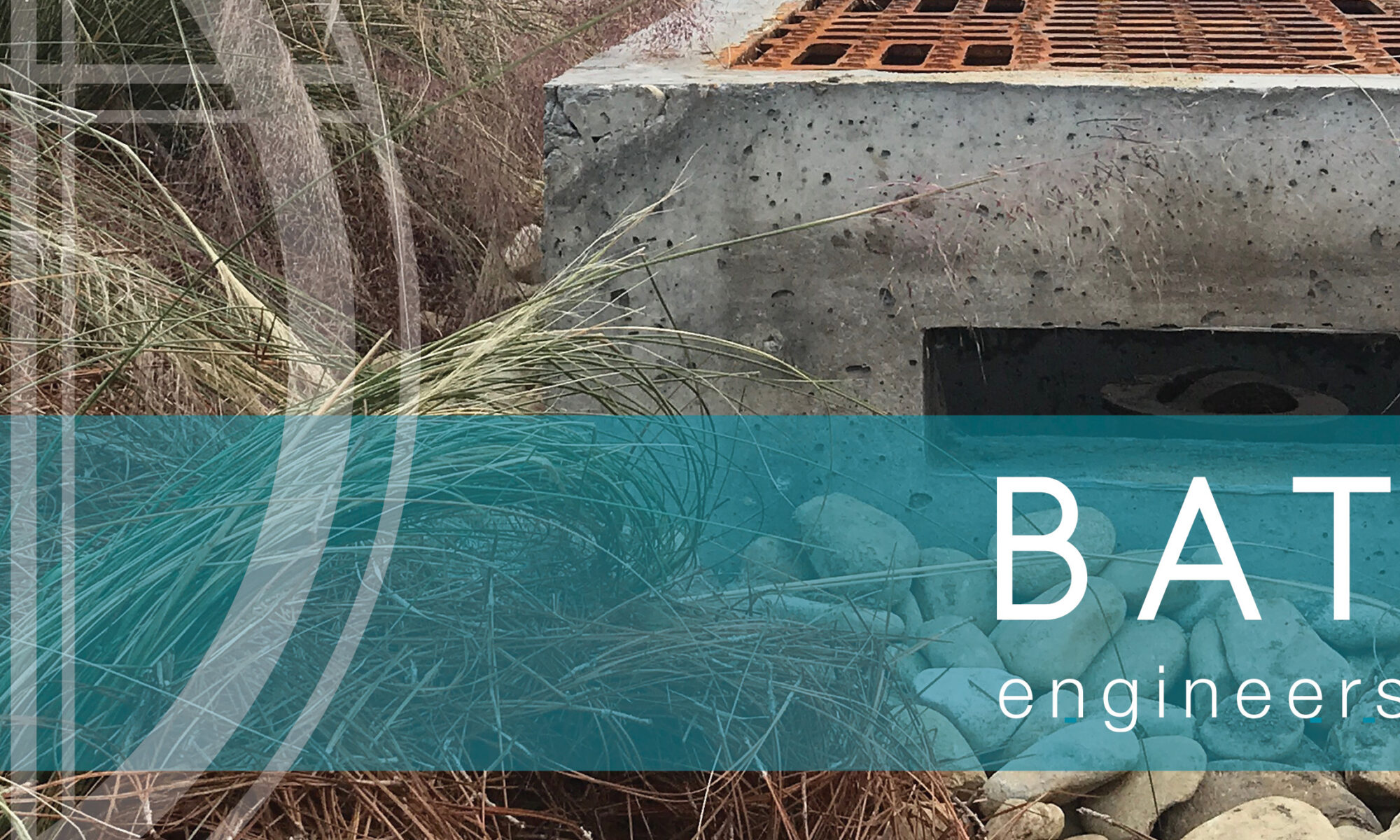Motherhood is a journey filled with joy, but the truth is that being a working mom is extremely challenging. At Batture, we understand the importance of supporting our team members through every stage of their lives, especially when it comes to balancing the responsibilities of work and family, while we also acknowledge that even with robust family policies, the parents on our team face huge challenges. As we approach Mother’s Day, we want to shine a spotlight on the experiences of one of our valued team members, Mary Schambeau Johnson, MS, PE, a Professional Engineer at Batture.
Mary, a dedicated member of our team, is a mother of three beautiful children – two boys aged 6 and 4, and a one-year-old girl. She graciously shared her journey with us, highlighting the challenges of navigating growing her career while growing her family. Through the challenges, though, it’s clear that one factor plays a huge role in making life a little easier for working moms: flexibility. When asked about her experience, Mary emphasized the importance of flexibility in her workplace. “Batture offers a flexible work schedule and the ability to work remotely, which has been invaluable for managing school functions, sick days, and spending quality time with my family,” she said.
Having had two children while working at Batture, Mary spoke highly of the company’s supportive environment during these significant life transitions. “I never had to worry about taking time off to care for my children or adjust to life with a growing family,” she shared. “The maternity policy at Batture provided me with the time I needed to bond with my newborns and adapt to the changes, without feeling pressured to rush back to work.”
Mary’s story reflects Batture’s commitment to being a family-friendly workplace. Our parental policies are designed to support employees during life-changing events such as welcoming a new child into the family. Full-time, employed mothers are eligible for up to 12 consecutive weeks of paid leave for childbirth, adoption, or fostering, while fathers can take up to four consecutive weeks of paid leave to bond with their new arrivals.
Our support for parents extends beyond paid family leave. We offer unlimited paid time off (PTO), flexible office hours, and work-from-home options to accommodate the diverse needs of our team members. We believe that a healthy work-life balance is essential for employee well-being and productivity, which is why we prioritize creating an inclusive environment where everyone feels supported.
In addition to Mary, several other parents on our team have experienced the benefits of Batture’s family-friendly policies. From Hermann and Mark, who have four and two children respectively, to first-time dad Jake, who recently welcomed a baby girl, our team understands the importance of balancing career aspirations with the joys of parenthood.
At Batture, we recognize that supporting working parents isn’t just the right thing to do – it’s also good for business. By fostering a culture of inclusivity and flexibility, we empower our team members to bring their best selves to work each day. Our core values of collaboration, respect, and innovation drive us to create exceptional outcomes while prioritizing the well-being of our employees and their families.
As we celebrate Mother’s Day this year, let us honor the dedication and resilience of all mothers, both in and out of the workplace. Your contributions are invaluable, and we are grateful to have you as part of the Batture family.











